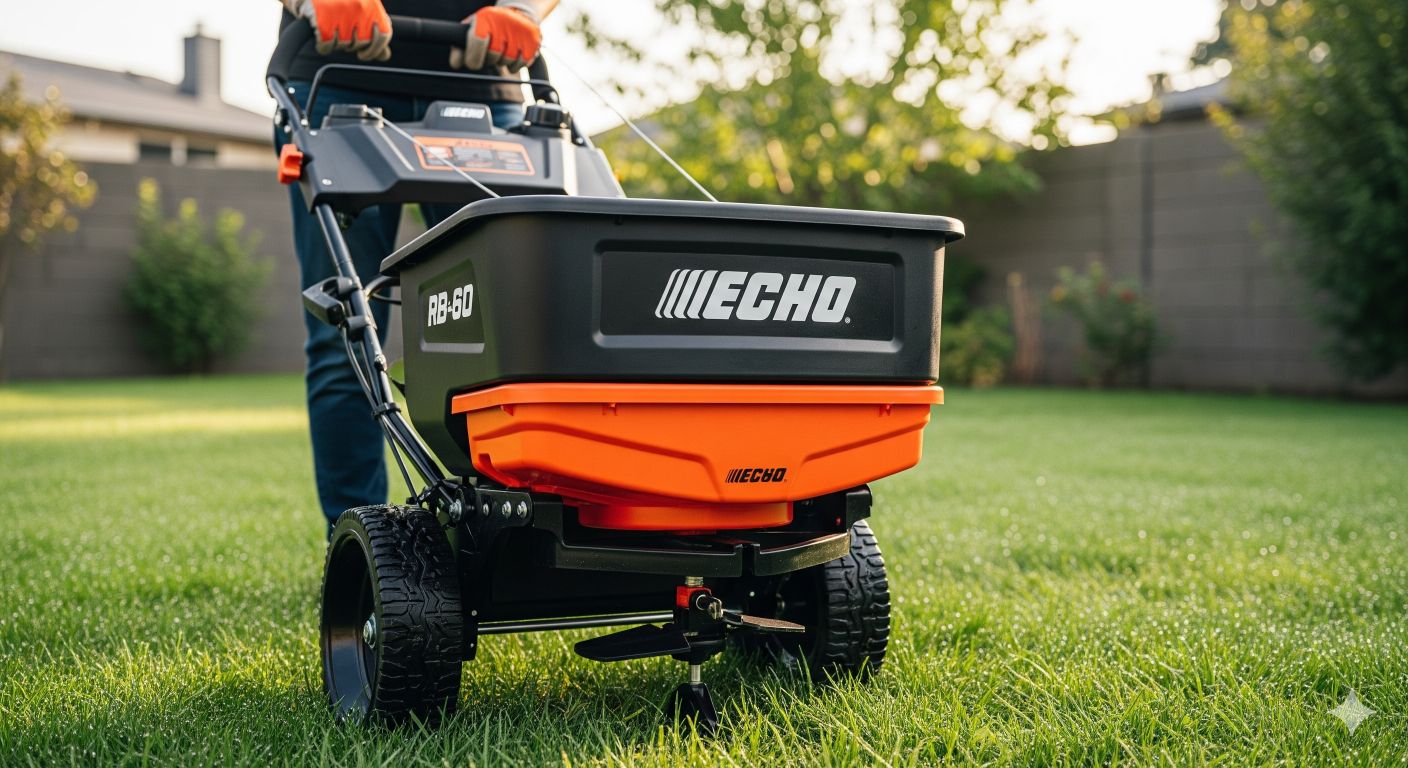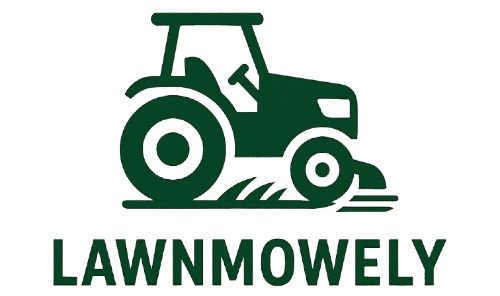
When it comes to professional lawn care and landscaping, Echo spreaders are among the most trusted tools. Known for their durability, accurate application, and ease of use, Echo spreaders are widely used by homeowners, turf managers, and landscaping professionals alike.
Choosing the correct Echo spreader settings is essential to ensure even coverage, prevent waste, and avoid damage from over-application. This guide covers recommended settings, calibration tips, product comparisons, charts, and troubleshooting advice to help you get the most from your Echo spreader.
Why Echo Spreaders?
Echo manufactures both broadcast (rotary) spreaders and drop spreaders, each serving different purposes.
- Broadcast Spreaders: Best for large lawns; they throw material in a wide arc.
- Drop Spreaders: Offer precision by dropping material directly under the spreader; ideal for sidewalks, driveways, and flowerbeds.
Echo spreaders are commonly used for:
- Fertilizers
- Grass seed
- Ice melt & salt
- Weed control products
Echo Spreader Settings Chart
Here’s a general chart of recommended starting settings. Remember: always calibrate with your specific product, since weight and granule size vary.
| Material Type | Flow Setting | Spread Width | Recommended Speed |
|---|---|---|---|
| Powdered Fertilizer | 2 – 4 | 3 – 4 ft | 3 mph |
| Granular Fertilizer | 3 – 5 | 6 – 8 ft | 3 mph |
| Pelletized Fertilizer | 4 – 6 | 8 – 10 ft | 3 mph |
| Organic Fertilizer | 6 – 8 | 5 – 7 ft | 3 mph |
| Fine Grass Seed | 2 – 3 | 4 – 5 ft | 3 mph |
| Coarse Grass Seed | 3 – 4 | 5 – 6 ft | 3 mph |
| Ice Melt / Salt | 6 – 9 | 8 – 12 ft | 3 mph |
👉 These settings are starting points; adjust based on lawn size, product label, and desired application rate.
How to Calibrate an Echo Spreader
Calibration ensures that you’re putting down the right amount of material without over- or under-applying. Follow these steps:
- Check the product bag – Most fertilizers and seeds list recommended spreader settings for different brands.
- Weigh out a test amount – Measure enough product for 1000 sq. ft.
- Set the spreader – Start with the mid-range setting (e.g., 4).
- Test on a paved surface or tarp – Walk at a steady pace (3 mph).
- Measure the output – If too much is dispensed, reduce the setting; if too little, increase it.
Tip: Walk naturally, not too fast. Walking speed impacts coverage.
Echo Broadcast vs Drop Spreaders
| Feature | Broadcast Spreader | Drop Spreader |
|---|---|---|
| Coverage | Wide (up to 12 ft) | Narrow, precise (2–3 ft) |
| Best For | Large lawns, quick coverage | Driveways, flowerbeds, sidewalks |
| Accuracy | Less precise, risk of overlap | Very precise, no overlap issues |
| Efficiency | Faster for big areas | Slower, requires more passes |
Tips for Best Results with Echo Spreaders
- Overlap properly: With broadcast models, overlap slightly to avoid stripes.
- Avoid windy days: Wind can carry seed/fertilizer away.
- Clean after use: Wash the hopper and spinner to prevent clogs and rust.
- Use dry material: Damp fertilizer or seed clumps easily.
- Mark lawn sections: Divide your yard into zones for more controlled spreading.
Troubleshooting Common Issues
- Uneven spreading → Check if the spinner is clogged or hopper gate stuck.
- Too much material dispensed → Lower the setting and recalibrate.
- Clumping → Ensure product is dry; clean hopper regularly.
- Streaks or bare strips → Adjust overlap pattern; maintain walking speed.
Echo Spreader Product Line Overview
Echo offers several models, from small push spreaders to heavy-duty commercial versions:
- Echo RB-60 Broadcast Spreader – Lightweight, easy for medium lawns.
- Echo RB-80 Broadcast Spreader – Larger capacity, stainless steel frame for durability.
- Echo RB-85 Drop Spreader – Precision control for sidewalks and edges.
Echo vs Agri-Fab vs Earthway Spreaders
| Brand | Strengths | Best For |
|---|---|---|
| Echo | Durable, professional-grade, easy calibration | Homeowners & pros |
| Agri-Fab | Affordable, versatile, tow-behind options | Large lawns & tractors |
| Earthway | Highly precise, excellent calibration system | Lawn enthusiasts |
Safety & Maintenance Tips
- Always wear gloves when handling fertilizer.
- Rinse spreader after ice melt use to prevent corrosion.
- Lubricate moving parts periodically.
- Store indoors to extend lifespan.
FAQs
Q: What speed should I walk when using an Echo spreader?
A: Around 3 mph (a brisk walk) gives the most accurate coverage.
Q: Can I use my Echo spreader for both fertilizer and ice melt?
A: Yes, but clean thoroughly after spreading ice melt to avoid corrosion.
Q: Do all products list Echo spreader settings?
A: Not always. If not listed, start at a mid-range setting and calibrate.
Q: Which Echo spreader is best for uneven terrain?
A: The RB-80 broadcast spreader has pneumatic tires, ideal for rough lawns.
Final Thoughts
Echo spreaders are built for accuracy, durability, and ease of use, making them a top choice for both residential and commercial users. By following the recommended spreader settings, calibration steps, and maintenance tips, you’ll ensure your lawn receives the perfect application—whether you’re fertilizing, seeding, or spreading ice melt.
When in doubt, start with a conservative setting and recalibrate to match your product and lawn conditions. This prevents waste, saves money, and keeps your lawn looking healthy year-round.

I’m David man behind Lawn Mowerly; I’ve been dealing with lawnmowers and Tractors with my father since I was a kid. I know every make and model and what each one is capable of and love helping people find the perfect equipment for their needs.
